How many times have you opened your refrigerator to find that the leafy greens you purchased languished and become slimy?
First of all, you’re not the only one who sends their greens to a slow death in the back of the refrigerator on occasion. In fact, according to a recent poll on my Instagram, MOST of you have done and are currently doing the same. In other words, that’s what this blog is about — wasting less greens.
I’m going to keep this short and sweet with three of my favorite methods that keep us from wasting leafy greens:
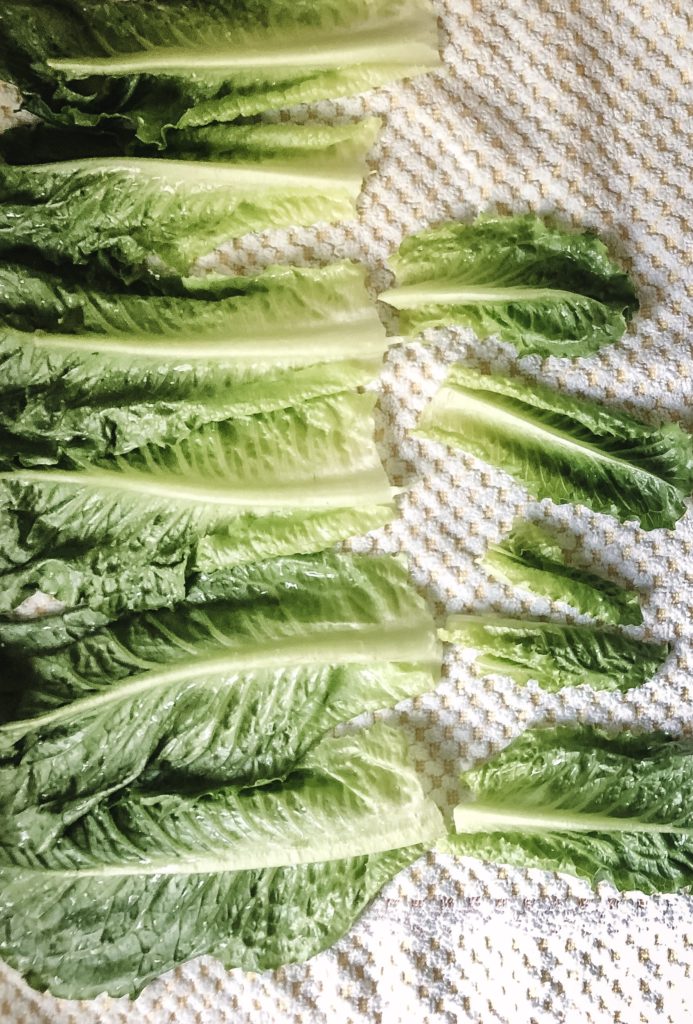
1. Store prepped greens in a damp (not wet) kitchen towel.
If you, say, embark on a google search on not letting your greens “go bad” there are endless youtube tutorials and articles. Most of them use some kind of plastic and/or take up a ton of space in your refrigerator (large storage containers, bowls of water, etc.).
Some of them also suggest not washing your greens prior to storing them as a way to keep them from getting soggy. I don’t know about you, but I need that extra space in my refrigerator, I shy away from single-use plastic (purposefully), and it’s HIGHLY unlikely that I will actually use my greens if they aren’t prepped and ready to go into whatever dish they’re destined for. So, friends, I encourage you to wash and cut your greens as soon as they come into your home.
Dry them thoroughly (either with a salad spinner, by air drying, or giving them a good squeeze) and place them in a single layer onto a clean and damp kitchen towel. Roll up the towel and place it gently in your produce drawer.
Voila.
Greens stored this way should be good to go 7-10 days if they weren’t tired, to begin with. However, If this doesn’t work for you, it’s likely that your greens weren’t quite dry enough when they entered damp towel town.
2. Freeze for smoothies

I love smoothies, y’all.
It just so happens that one of the most perishable ingredients in many smoothies is greens (spinach, kale). if you’re a smoothie aficionado like myself you may already know this, but the more frozen stuff you put in a smoothie, the thicker and tastier it is. That being said I invite you to freeze your greens for this purpose, just make sure that they’re washed and prepped before you do so.
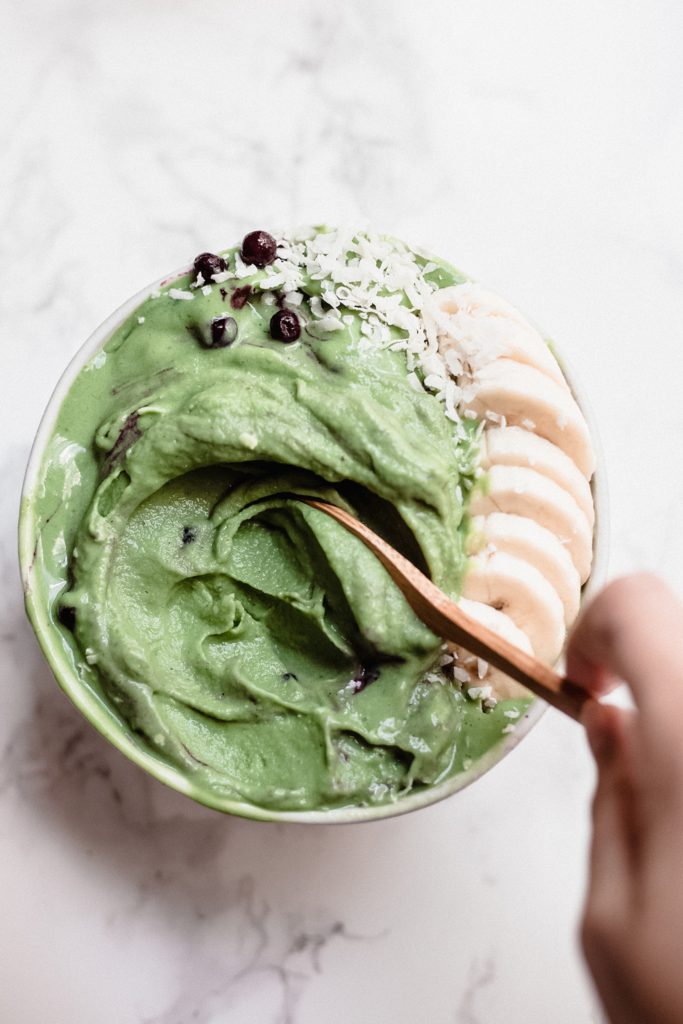
As long as they’re dry before freezing, there’s no need to lay them in a single layer like you might while freezing fruit and other vegetables.
3. Sauces, dressings, and soups.
Greens are more than salads and wraps. They have the potential to elevate many different sauces, dressings, and soups.
Does this include lettuce?
Yes, actually it does. If pesto is usually too overpoweringly basil-y (definitely not a word) for you, try replacing half of the greens in the recipe (like this one) with lettuce. While we’re on the subject of pesto, you can always make a big batch of it ahead of time and freeze it in ice cube trays for later. It reheats very well and is a great-tasting option on days where you don’t have time or ingredients for pesto-making.
Another option in the realm of saving greens and veggies in general by making soups is to freeze your vegetable scraps and items that are in danger of not being used in time. They can all be used to create one amazing vegetable broth – for which you can find the recipe here.
Just know that the tiniest amount of beets will turn your broth hot pink.
I won’t spend all day listing different recipes that you can use greens in, but here are a few of my favorites:

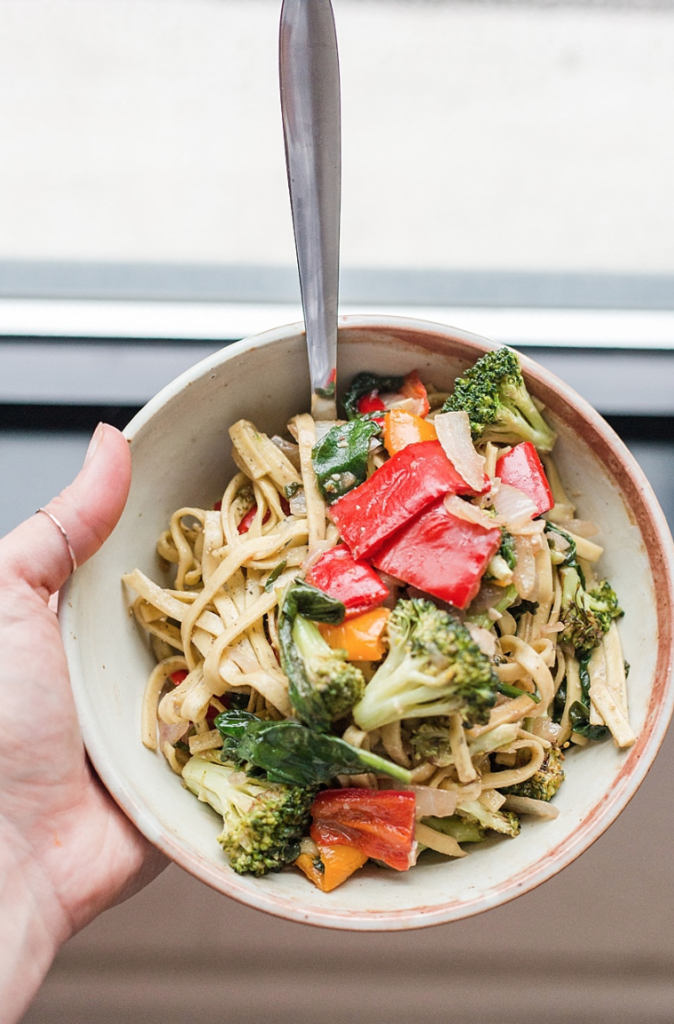
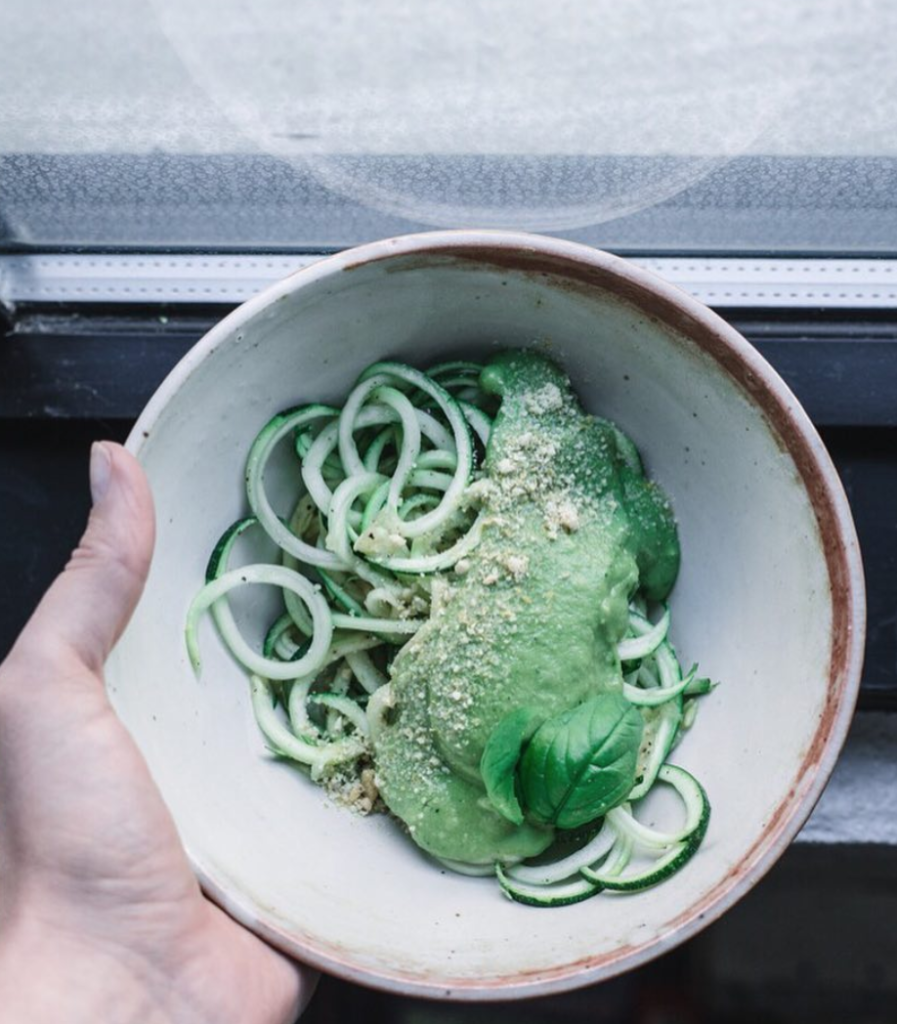
To sum it up, not wasting your leafy greens takes a smidge of forethought to implement. However, after these tips become a part of your routine, your wallet and the planet will thank you.
Hopefully, Food Storage 101: Leafy Greens, added some worthwhile tips to your daily life, and I would love to hear how they work out for you.


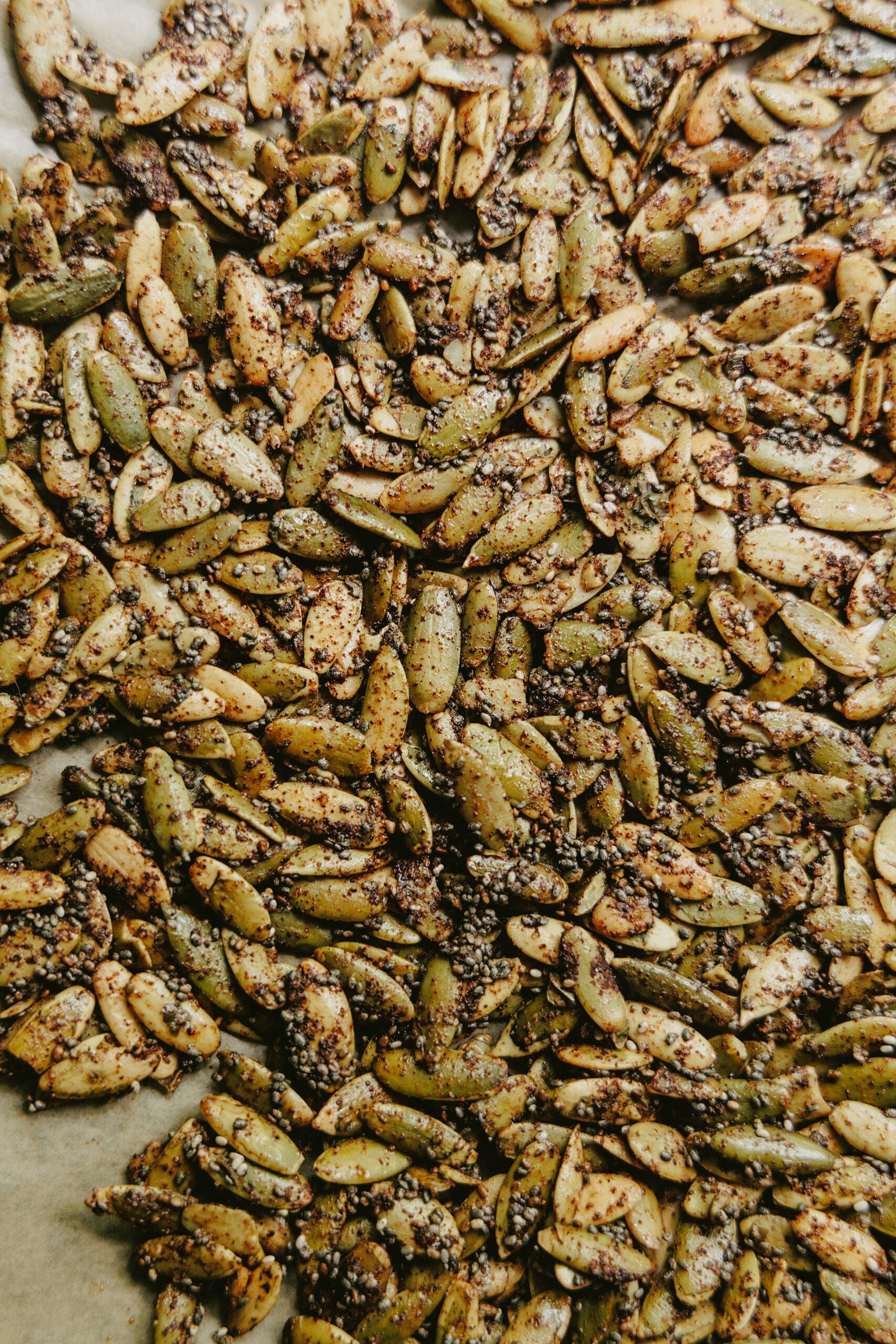
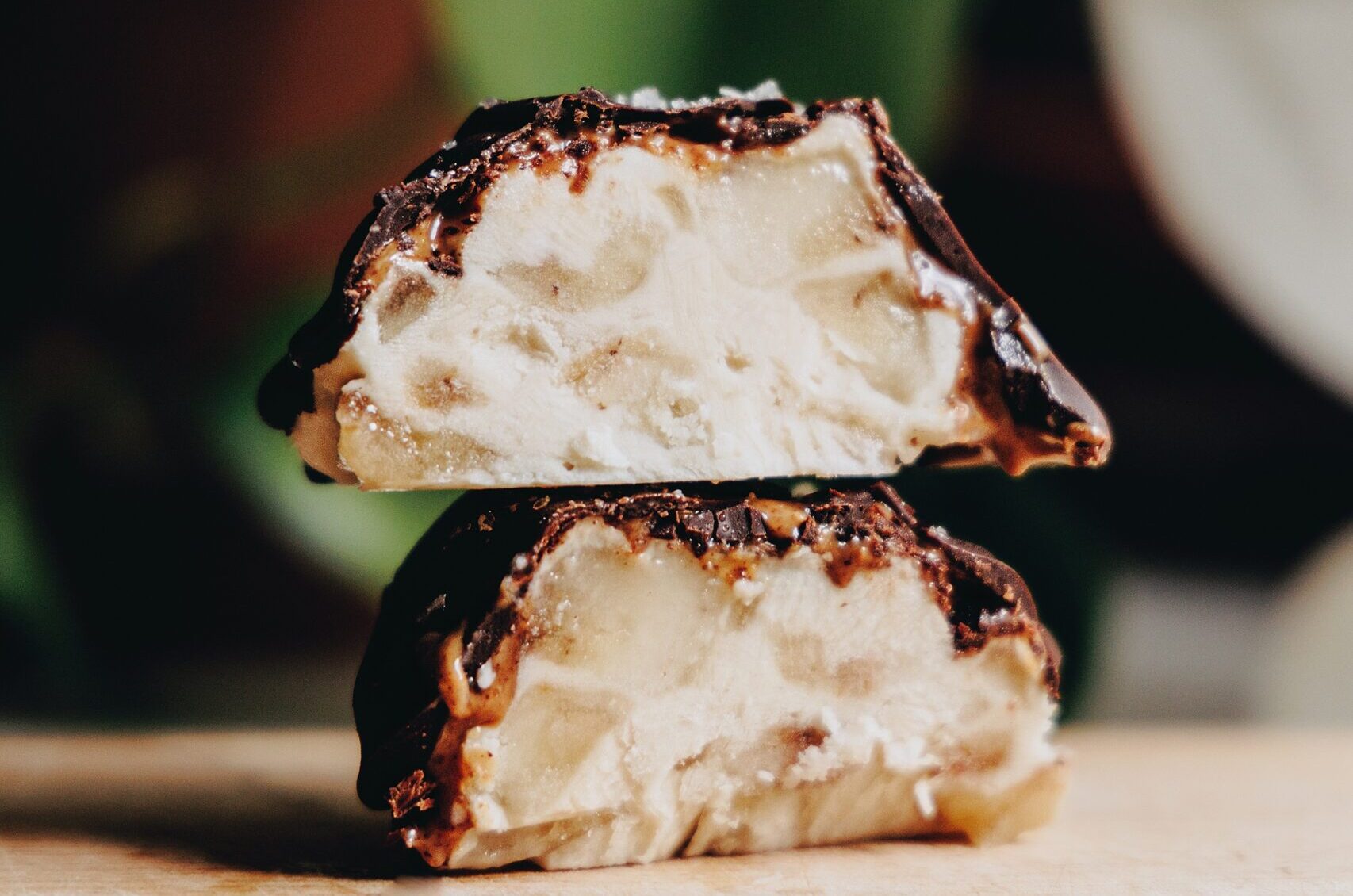
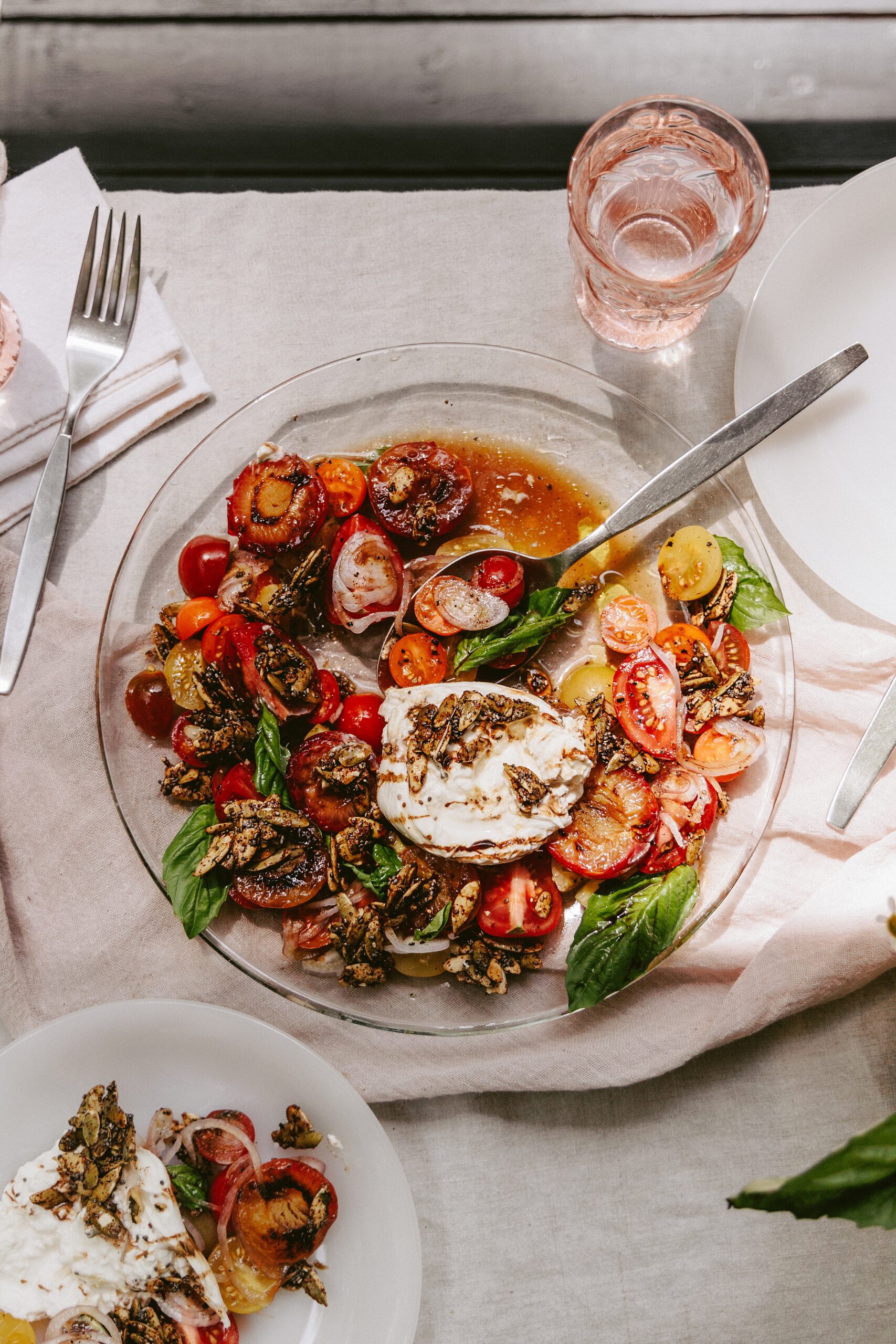
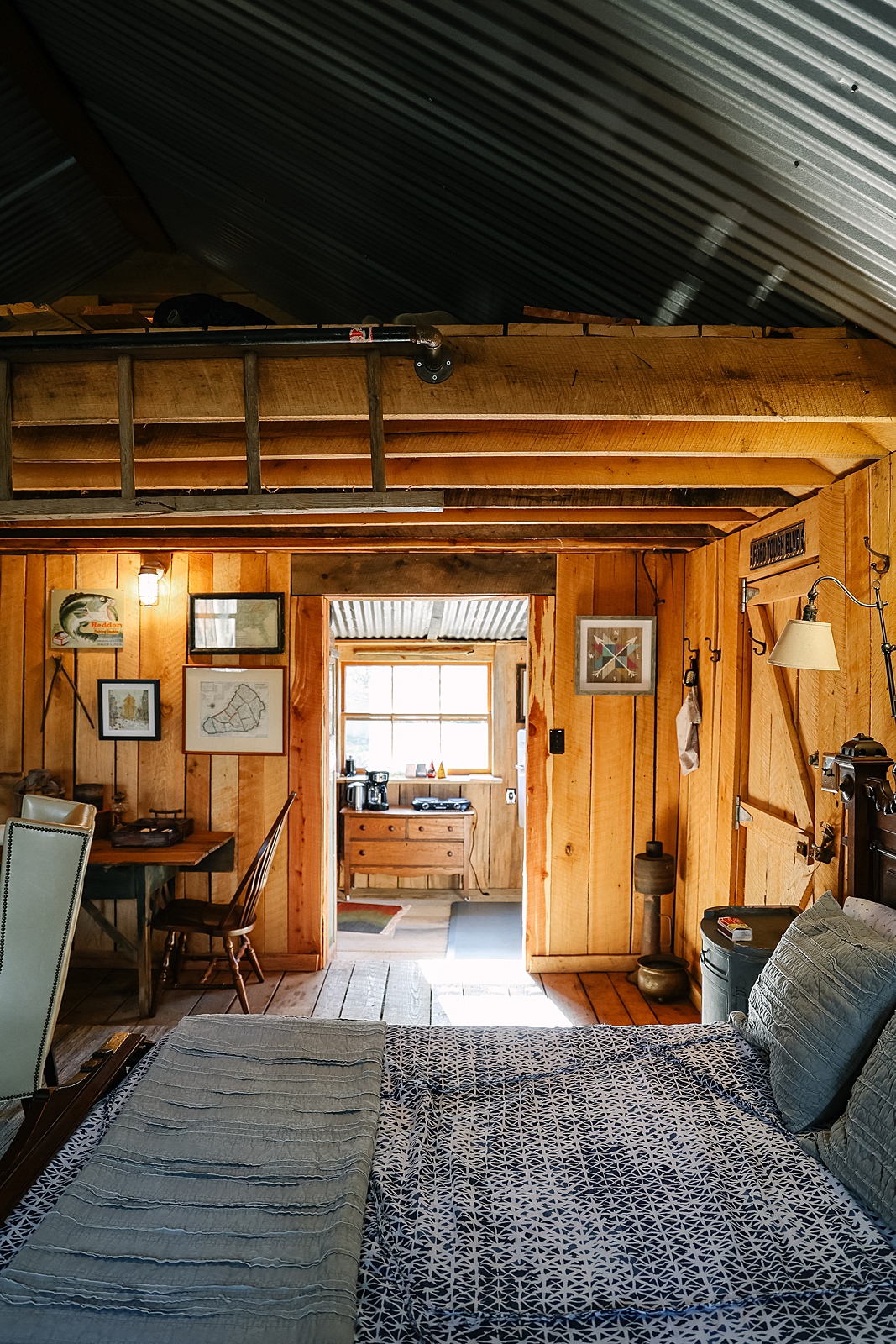
Read the Comments +